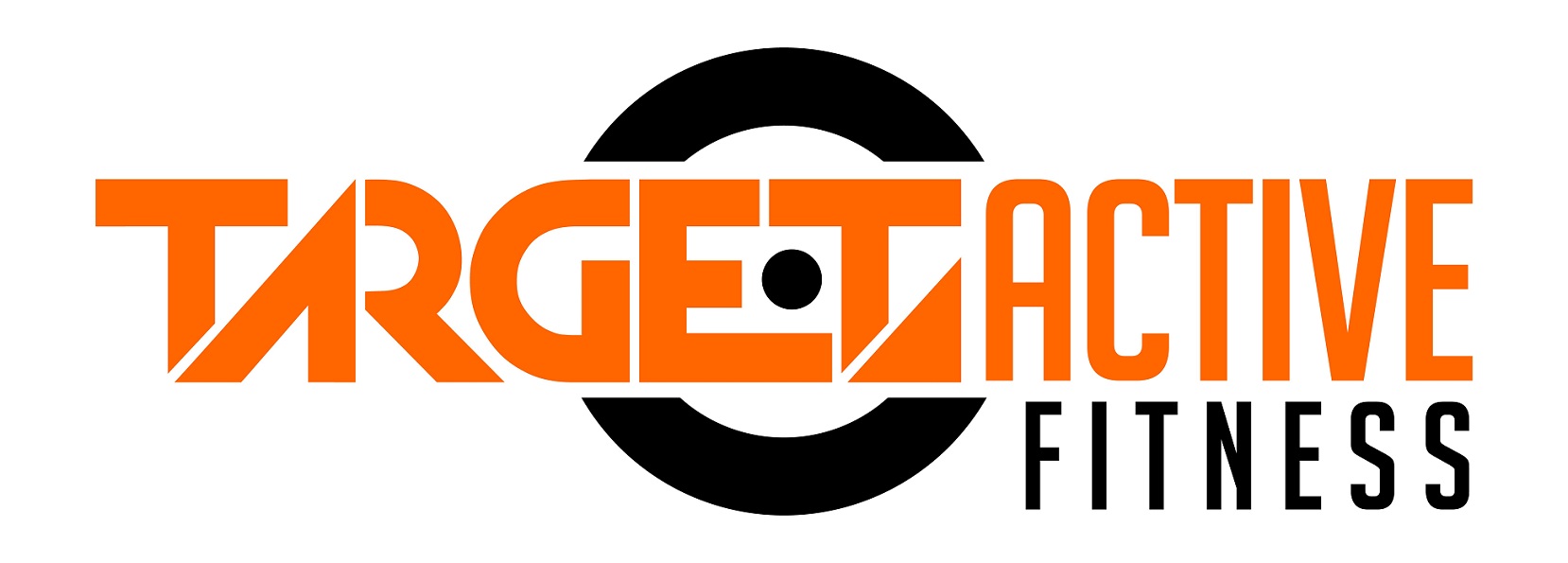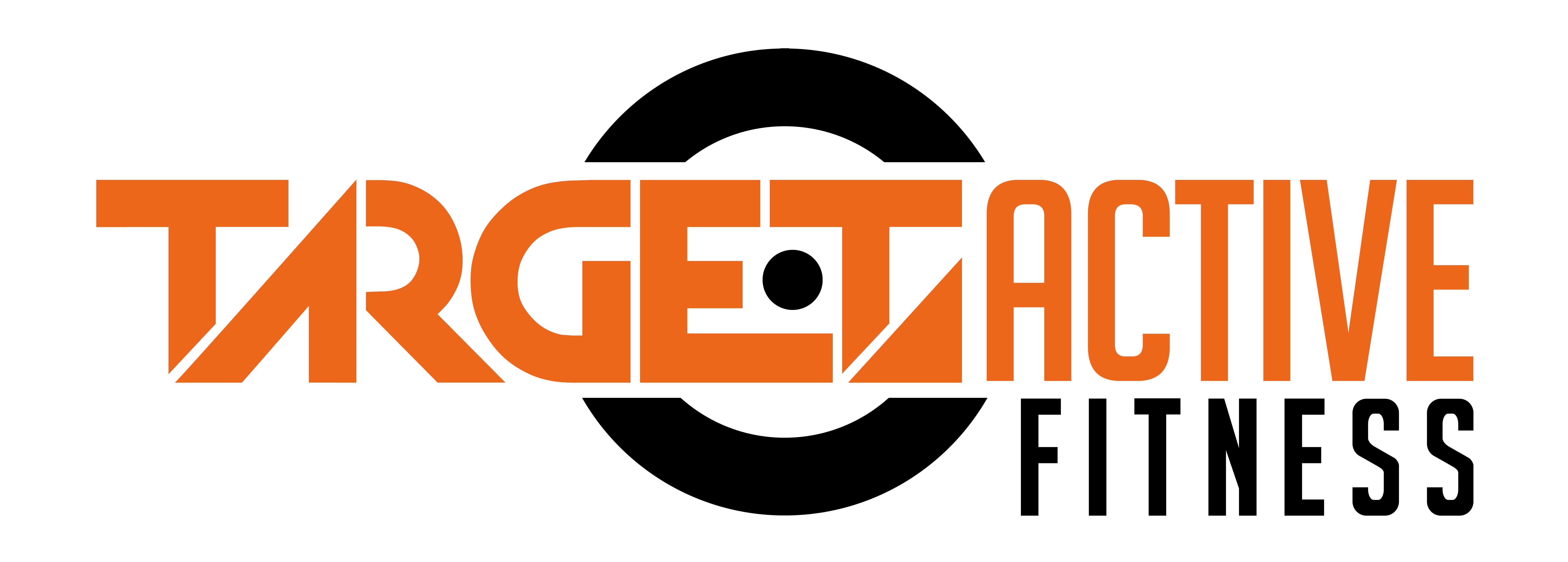
Very simply, if you want to lose weight you need to create an energy deficit, burning more calories than you eat.
–
Vice versa, if you want to gain weight you need to create an energy surplus, burning less calories than you eat.
–
Take the pictured ¾ full cup of granola. It weighs 93g and delivers 390kcals. Couple with 150ml whole milk and you have nearly 500kcals for breakfast.
–
This calorie total for breakfast isn’t massive, I frequently have more calories, the point is the portion size for the calorie delivery is PATHETIC and just does not satisfy (well me anyhow!!).
–
Eating this little VOLUME for the calories at breakfast is likely to leave you wanting more, so you either have a much bigger portion and more calories, to feel like you have had enough, or you will feel hungry sooner. And we both know that means hitting the biscuit barrel in the office canteen, or getting ‘Hangry’ and calling your boss a di*k-head!
–
The diet and fitness industry love to promote Granola as a preferred option for breakfast, whether that is bars, cereals or topping yogurt pots and if you like it fine.
–
But when you consider the amount you have for the calories eaten, it’s only really a good option if you are looking to create a calorie surplus and gain weight and Shit as a diet aid!
–
I’d rather get my 500cals from 2xtoast 2xeggs and butter! Anyhow, after a few mouthfuls of granola, I’d rather lick the floor of a wood sawmill and the struggle of 2day DOMS in my Jaw after chewing forever on the bloody stuff is real! And don’t get me started on the ‘diet’ versions!
–
Essentially its about the choices we make at meal time to achieve the energy requirement we need. Invariably that means ignoring much of what you are told is good to eat for that need as there are always pockets to line – get me getting controversial!
–
The best advice I can offer, if you are looking to lose weight particularly, is you need a kcal deficit. With a quick search on the net you will be able to estimate your daily kcal need. From there apply a deficit of 10-20% of that total and use a calorie tracker to achieve that number.
–
In line with that, keep eating the sorts of foods you currently do for a few weeks, remember calories are king and if you are in a deficit there will be a response. Aim to ‘take and give’ your calories day to day, so they balance over the week. This is called calorie borrowing and allows for a more flexible approach to the regime.
–
Moving forward, you can start looking at the nutritional density of the food you are eating and your activity level, but start slow, be patient. Play the long game. This is how sustainable results are achieved.



